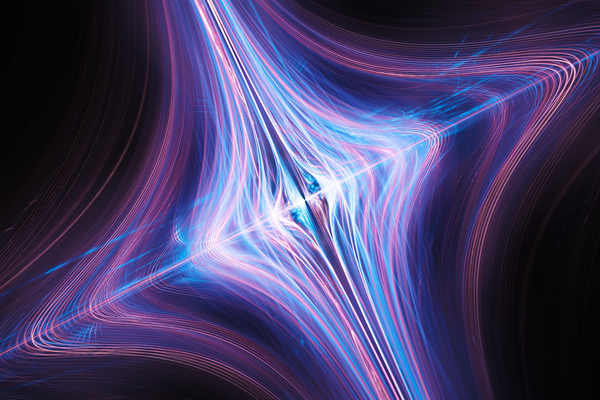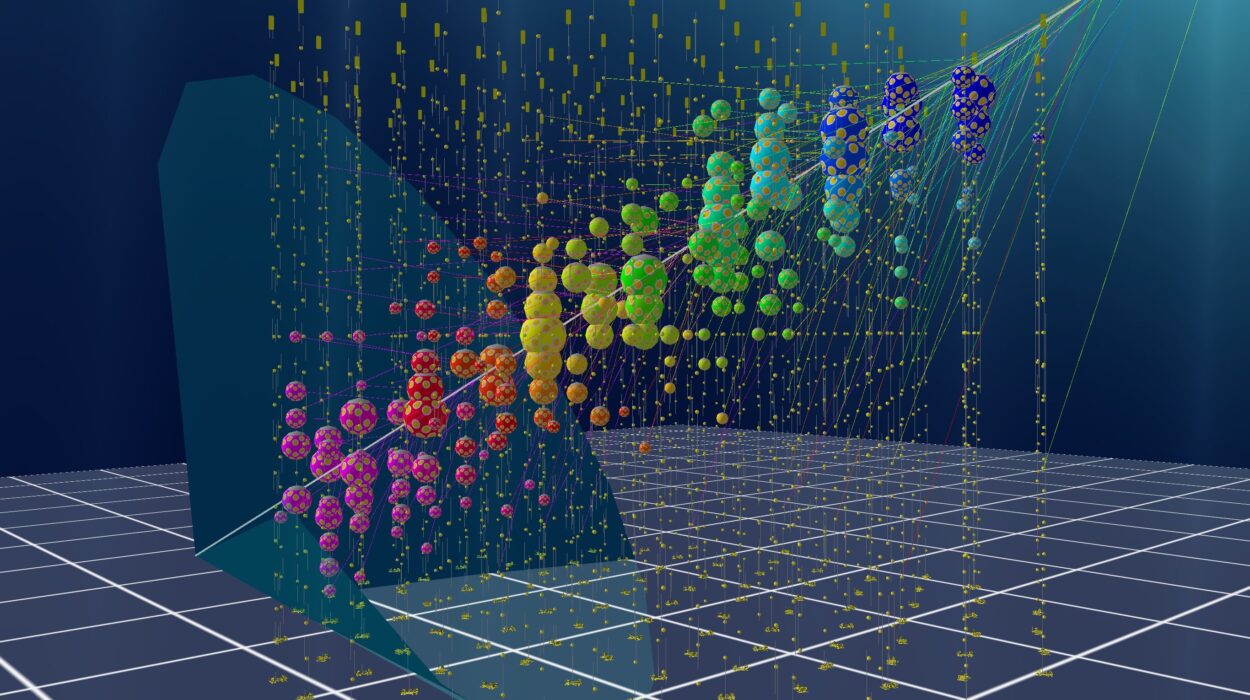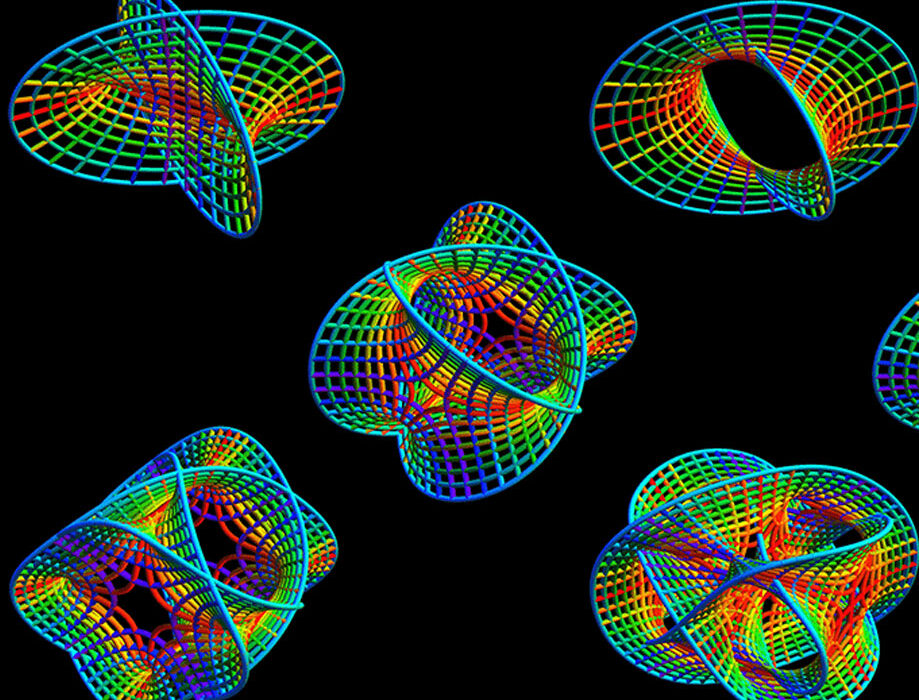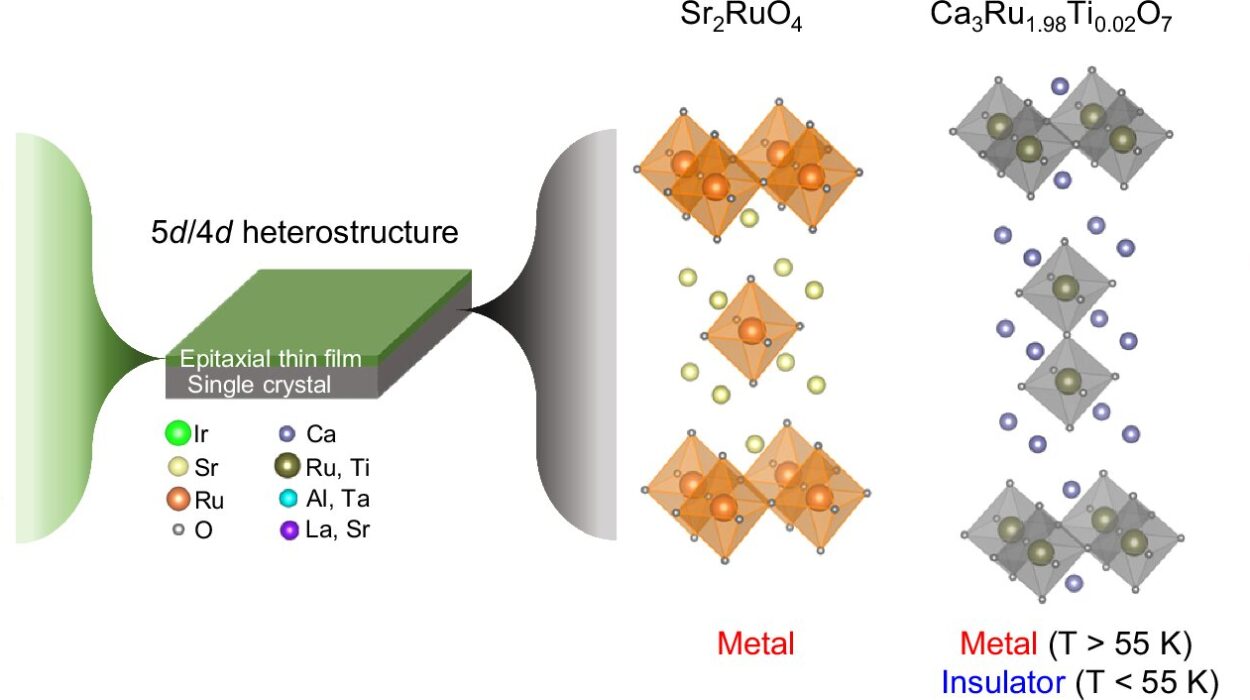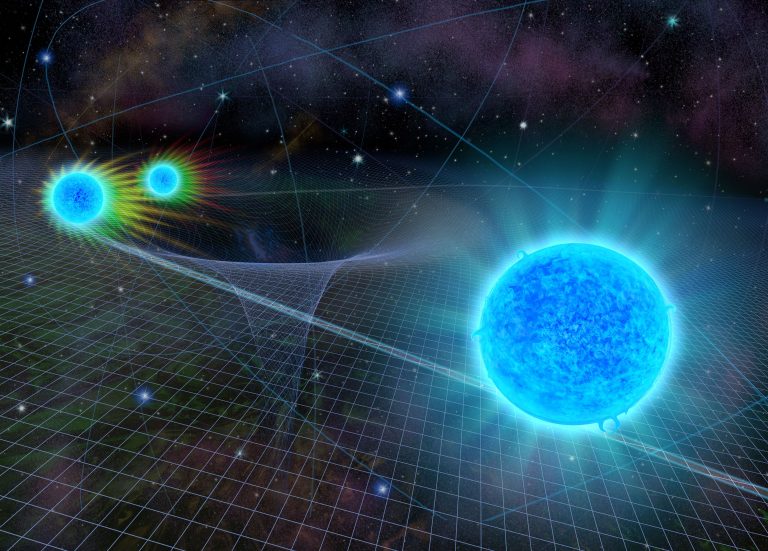Imagine a world where particles can exist in multiple places at once, where cats can be both alive and dead until you look at them, and where particles miles apart can instantly influence each other. Welcome to the realm of quantum physics — a domain so bizarre that even Albert Einstein once called some of its predictions “spooky action at a distance.”
Quantum physics is not just strange for the sake of being strange. It’s the bedrock of our modern understanding of nature at its smallest scales — atoms, subatomic particles, and the very fabric of reality itself. Without quantum physics, there would be no lasers, no computers, no smartphones, and no MRI machines. It’s the science that makes the impossible possible.
But quantum physics has a reputation: intimidating, baffling, reserved only for genius-level physicists. That’s simply not true. Anyone with curiosity and a bit of patience can grasp its essential ideas. In this beginner’s guide, we will journey through the quantum world, unpack its mind-bending concepts, meet the pioneers who shaped it, and glimpse the extraordinary technologies it has inspired.
Get ready: reality is about to get weird.
The Birth of Quantum Physics: A Revolution Begins
At the dawn of the 20th century, classical physics — the physics of Isaac Newton — ruled supreme. Scientists believed they had almost completely understood the laws of nature. But cracks were appearing in the foundation.
One major puzzle involved blackbody radiation — the way objects emit light when heated. Classical physics predicted that hot objects should emit infinite amounts of energy at short wavelengths, a paradox dubbed the “ultraviolet catastrophe.” Experimental data clearly disagreed.
In 1900, German physicist Max Planck proposed a radical idea: energy is not emitted continuously but in discrete packets he called quanta. Planck’s solution matched the experimental results perfectly but seemed merely a mathematical trick at first.
Then, in 1905, Albert Einstein took Planck’s idea seriously. In explaining the photoelectric effect — the observation that light can eject electrons from metal surfaces — Einstein proposed that light itself is made of particles, later called photons. This particle nature of light was revolutionary and earned Einstein the Nobel Prize in 1921.
Thus began the quantum revolution, where energy and matter were no longer continuous, but came in tiny, discrete chunks. Reality, it seemed, was quantized.
Wave-Particle Duality: The Dance of Light and Matter
One of the most bewildering concepts in quantum physics is wave-particle duality — the idea that particles like electrons and photons behave sometimes like particles, sometimes like waves.
This was spectacularly demonstrated in the famous double-slit experiment. When light is shone through two narrow slits, it creates an interference pattern on a screen beyond — a hallmark of wave behavior. But when scientists tried to detect which slit each photon went through, the interference pattern disappeared, and the photons behaved like particles.
Even more shocking, when particles like electrons (traditionally thought of as tiny billiard balls) were sent one by one through the slits, they too created an interference pattern — as if each electron was simultaneously passing through both slits, interfering with itself.
This experiment shattered the classical idea that particles and waves are distinct. In the quantum world, entities like electrons and photons are both particle and wave — a paradoxical blend with no classical analog.
The Uncertainty Principle: Limits to Knowledge
In 1927, German physicist Werner Heisenberg unveiled another cornerstone of quantum physics: the uncertainty principle. Heisenberg showed that certain pairs of properties — like a particle’s position and momentum — cannot both be precisely known at the same time. The more accurately you know one, the less accurately you can know the other.
This isn’t just a limit of our measuring instruments — it’s a fundamental property of nature itself. Reality at the quantum level is fuzzy and probabilistic, not sharply defined.
The uncertainty principle shatters the classical idea of a clockwork universe, where knowing the present perfectly means you can predict the future perfectly. In the quantum realm, outcomes are fundamentally unpredictable. Nature does not play out like a precise script — it dances to a tune of probabilities.
Quantum Superposition: Being in Two Places at Once
One of the strangest features of quantum mechanics is superposition — the idea that a quantum system can exist in multiple states at once.
A famous thought experiment by Erwin Schrödinger illustrates this. Schrödinger imagined a cat inside a sealed box with a mechanism triggered by a quantum event — say, the decay of a radioactive atom. If the atom decays, the mechanism releases poison, killing the cat. If not, the cat lives.
According to quantum mechanics, until we open the box and observe it, the cat is in a superposition of being both alive and dead. Only observation collapses the superposition into one definite state.
While Schrödinger’s cat is a metaphor, experiments on real quantum particles confirm that superposition is real. Particles can exist in multiple states or locations simultaneously — until an observation forces them into a single outcome.
Quantum Entanglement: Spooky Action at a Distance
Perhaps the most eerie aspect of quantum physics is entanglement. When two particles become entangled, their properties become linked, no matter how far apart they are.
If you measure one particle and find it spin-up, the other particle, instantly and without communication, will be found spin-down — even if they’re light-years apart. This instantaneous connection seemed to violate Einstein’s belief that nothing can travel faster than light.
Einstein, along with Podolsky and Rosen, published the EPR paradox paper in 1935, arguing that quantum mechanics must be incomplete. But decades later, experiments confirmed entanglement’s reality, suggesting that the quantum world allows for connections beyond classical space and time.
Entanglement is not only a fascinating quirk — it’s the basis for emerging technologies like quantum teleportation and quantum cryptography.
Quantum Mechanics vs. Classical Mechanics: Two Worlds Collide
Quantum mechanics governs the microscopic world — atoms, electrons, photons. Classical mechanics governs the macroscopic world — planets, tennis balls, cars.
But how do the two fit together? Why don’t we see cats in superpositions or cars entangled with each other?
The boundary between quantum and classical is still a subject of intense research. One explanation is decoherence — the idea that quantum superpositions rapidly collapse into definite states when interacting with the environment. In our messy, macroscopic world full of particles and radiation, quantum effects are washed out almost instantly.
Nevertheless, experiments with larger and larger quantum systems continue to push the boundary, suggesting that the quantum weirdness is not confined to the micro-world alone.
Quantum Technologies: Harnessing the Weirdness
Far from being a mere curiosity, quantum mechanics powers some of the most important technologies of the modern era.
Transistors — the building blocks of computers and smartphones — rely on quantum tunneling, where electrons pass through barriers they classically shouldn’t cross. Lasers, MRI machines, and even GPS systems depend on quantum effects.
Now, a second quantum revolution is underway. Scientists are developing quantum computers, which use quantum bits (qubits) that can exist in superpositions of 0 and 1. A quantum computer could solve certain problems exponentially faster than any classical computer.
Quantum cryptography promises unbreakable communication by detecting any attempt to eavesdrop via entanglement.
Quantum teleportation — transmitting information about a quantum state instantaneously — is already being demonstrated in laboratories, hinting at future quantum networks.
Interpretations of Quantum Mechanics: What Does It All Mean?
Quantum mechanics works spectacularly well in practice. But what it says about reality remains deeply puzzling, leading to many competing interpretations.
The Copenhagen interpretation, championed by Niels Bohr, holds that quantum systems exist in superpositions until observed, at which point the wavefunction collapses.
The Many Worlds Interpretation, proposed by Hugh Everett, suggests that every quantum event spawns new parallel universes, where every possible outcome happens.
Pilot-wave theory, developed by Louis de Broglie and David Bohm, posits that particles are guided by deterministic hidden variables.
Each interpretation offers a different vision of reality, yet none has been definitively proven or disproven. In quantum physics, understanding how the world works remains a profound and open question.
Quantum Field Theory: Uniting Particles and Forces
In the mid-20th century, physicists developed quantum field theory (QFT), combining quantum mechanics with special relativity.
In QFT, particles are excitations in underlying fields that pervade space. The photon is a ripple in the electromagnetic field. The Higgs boson — famously discovered in 2012 — is an excitation of the Higgs field, which gives particles mass.
QFT forms the basis of the Standard Model of particle physics, which describes all known fundamental particles and forces (except gravity) with breathtaking accuracy.
Yet, mysteries remain. Gravity still resists a quantum description. Dark matter and dark energy, which make up most of the universe, remain unexplained. The quest to unify quantum physics with Einstein’s general relativity — the so-called theory of everything — continues.
Quantum Physics and Philosophy: Rethinking Reality
Quantum physics doesn’t just challenge scientific ideas — it forces us to rethink the very nature of reality.
Are particles real before we observe them? Does the universe split into infinite branches with every quantum event? Is reality fundamentally deterministic or probabilistic? Is consciousness somehow involved in the collapse of the wavefunction?
These questions bridge physics and philosophy, suggesting that understanding the quantum world may also require understanding the nature of knowledge, existence, and consciousness itself.
Conclusion: Embracing the Quantum Enigma
Quantum physics is a revolution not just in science but in our very conception of what is real. It shows that the universe is far stranger, more beautiful, and more interconnected than classical physics ever imagined.
From the smallest subatomic particles to the vast mysteries of the cosmos, quantum principles weave through every corner of existence. And while we have harnessed its power for technology and innovation, we are only beginning to fathom its deeper implications.
For the beginner, quantum physics may seem like stepping into a dream where the rules are upside down. But as with any great journey, the more you explore, the more you realize that the quantum world, bizarre though it may be, is the foundation of everything.
It is a realm where imagination meets reality, where the impossible becomes inevitable, and where the universe whispers its most profound secrets — if only we are curious enough to listen.
